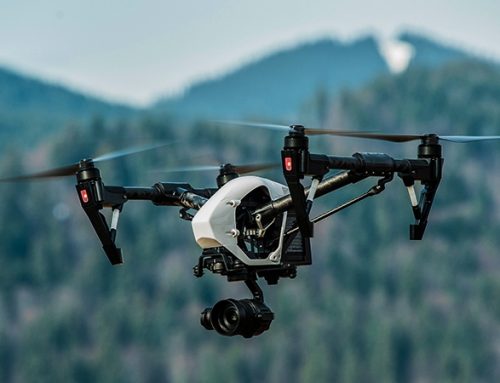One of the downsides of the proliferation of smart devices is the seemingly greater proliferation of charging devices. Go on holiday, and one of the first questions is whether sufficient chargers (and adaptors) have been packed for all the phones, tablets, cameras, laptops, e-readers, gaming devices and so on, so it’s not surprising that wireless charging is seen as one of the great dreams for the connected future.
In fact, wireless charging technology has been around since Nikola Tesla first demonstrated it in 1891 when he succeeded in lighting electric lamps without wires, however, demonstration of a principle can be a far cry from commercialisation. Commercial wireless charging solutions have been very successful in some limited applications such as toothbrushes and shavers, but elsewhere have had a shaky start, with early offers, particularly from Samsung, failing to enter the mainstream, despite the popularity of Samsung’s phones.
“There is an enormous pent-up consumer demand for a long-range wireless charging technology which would enable devices such as smartphones, tablets, fitness bands, and health sensors to operate continuously without having to be plugged in or placed on a charging mat every day,”
– Matthew Reynolds, associate professor of Electrical Engineering and Computer Science & Engineering at the University of Washington.
The main reason for this is that charging with cables remains significantly faster than wireless alternatives currently available. While slow charging is acceptable for devices such as toothbrushes which are used for a few minutes separated by many hours of idleness, it is less acceptable for devices such as phones which are in more constant use. Another challenge, as with many emerging technologies is the old VHS vs Betamax conundrum – developers are hesitant about committing in the absence of standardisation.
The basic concept of wireless charging is fairly simple: a coil energised with an oscillating electromagnetic field induces a current in a secondary coil in close proximity. However, the magnetic field generated by the primary coil radiates broadly equally in all directions, so the flux drops with distance obeying an inverse square law. As a result, the secondary coil must be placed as close as possible to the primary coil in order to intercept most of the flux.
The leading standard for this technology is Qi (pronounced “chee”), which is promoting its adoption in smartphones. The system benefits from relatively high efficiency, with an ability to transmit 30-60% of the power.

Researchers at MIT have pioneered a wireless charging approach that seeks to overcome the proximity issues with standard inductive charging by constructing coils that have identical resonant frequencies. Such coils have strong coupling which allows induction to occur at distances of tens of centimetres. This system currently has lower efficiency and involves more complex circuitry but it certainly has promise.
Even longer range wireless charging technologies using radio waves and other mechanisms are also being explored. The issue of energy losses means this is likely to be limited to low power devices, but it could be an interesting solution for wearables with small batteries.
However work is being done on higher power alternatives. Last month, Disney Research unveiled a volumetric wireless power system that could charge hundreds of devices without wires. The researchers built a full-scale room to demonstrate the technology: the walls, floor, and ceiling were all made of aluminum panels, while in the middle of the room a copper pole allowed current to run through the pipe, into the floor, up the walls, over the ceiling and back into the pipe, looping at 1.3 million times per second. The looping current created a magnetic field that ran in a circular pattern perpendicular to the pole.
An array of capacitors was installed in the copper pipe to manage the electromagnetic frequency, lowering it until the electric and magnetic fields were separated. This meant that metal objects in the room did not react strongly to the magnetic field, and it may be possible to create breaks in the metal walls to accommodate doors and windows.

In addition to the obvious difficulties of cost and practicality involved in turning homes and workplaces into Faraday cages, there are also safety issues. Devices that emit large amounts of power typically have to be shielded, and in this demonstration room, it would be unsafe to approach within 46 cm of the central pole, meaning it would need to be protected, for example by being concealed within a pillar or wall. However, the researchers ran simulations indicating that it would be safe to transmit 1.9 kW of electricity through the room – enough to charge up to 320 USB-powered devices.
So far most of the new generation of commercial wireless charging solutions are focusing on the smartphone market, but there are some exceptions. In 2015, IKEA started making wireless charging furniture and lamps, and now offers a surprisingly wide range of products. Wireless charging is also being developed for electric vehicles, with several manufacturers looking at providing charging mats. Research has also been done on the potential for embedding inductive charging in road surfaces, allowing vehicles to charge while waiting at traffic lights for example.
Wireless charging still has some way to go before we can confidently dispense with all those chargers and adaptors, but the benefits are obvious….it may well be that the days of all those cables are numbered.






Leave A Comment